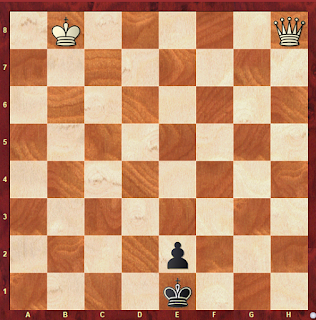OPENING CHESS PRINCIPLES THAT YOU MUST KNOW

1.Center Control: It is very important in the opening to control the center with pawns and pieces. Moreover center refers to e4,d4,e5 and d5 squares 2. Develop pieces: Developing pieces refers to bringing out all the minor pieces into the game. Moreover, minor pieces refer to Knight and Bishop. 3. Do the castle as soon as possible: Try to castle as soon as possible. Castling not only makes the king safe but also brings rook in the game. 4. Don't bring out Queen too early: We all know that Queen is very powerful but in the Queen is very weak. Bringing Queen out in the opening only helps the opponent to develop their pieces with tempo. 5. Don't move the same twice: In the opening, you should not move the same twice unnecessarily. Moving the same twice is just a waste move. Note: The opening chess principles that I mentioned above are to be followed in most cases. However, there are some exceptional cases where you can break these principles.


